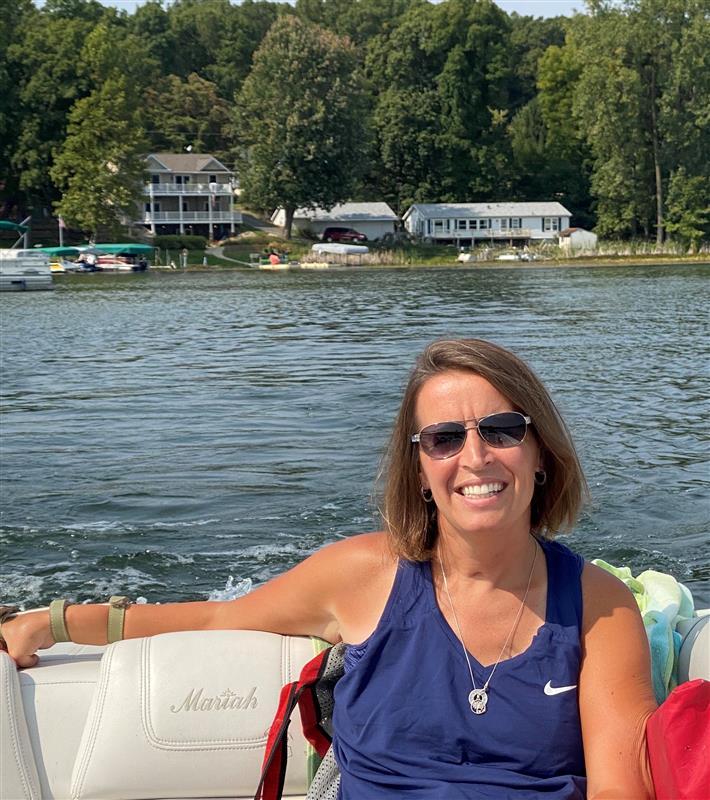The best way to handle an emergency is to follow the plan. What plan, you may ask? The one that our Emergency Preparedness Working Group members want to help you create. The following are their tips and suggestions for writing a Support Network & Communication Plan.
“I recommend increasing visibility and support by getting involved in your area’s planning and preparedness efforts, such as your local Community Emergency Response Team (CERT),” says Working Group member Liz Treston. She experienced firsthand the need for emergency preparedness during Hurricane Sandy in 2012. Now, she diligently makes emergency preparedness information available to the disability community.
It’s also important to create a personal care support network. Do not rely on one person. Your network can include your roommates, relatives, neighbors, friends, and co-workers. You should have a minimum of three people in your network at each location where you spend most of your time.
Helpful Emergency Communication Forms
Ready.gov offers an online form to create your own specific Family Emergency Communication Plan. Once you complete the form, you can email the PDF to anyone. This plan will include household information, family members’ information, emergency plans for schools, childcare, caregivers and workplaces, emergency contacts, emergency meeting places, and medical information (doctors, insurance, veterinarians).
United Spinal’s Ready to Roll Program also has an Emergency Plan Form to help you keep track of vital information that may be needed during an emergency.
Sign Up for Local Resources, Emergency Alerts, & Warnings
Consider signing up for emergency notifications on your local county, city or town website. Many local emergency management agencies maintain voluntary registries for people with disabilities to self-identify and receive targeted assistance during emergencies and disasters. Contact your local emergency management office to find out more.
Also, follow major service and utility providers on social media for alerts and updates.
The Federal Emergency Management Agency (FEMA) and the American Red Cross have apps that provide emergency notifications, weather alerts, emergency shelter locations, and preparation tips for common hazards. You can also receive general information on how to prepare for any disaster from FEMA by texting PREPARE to 43362. For specific disaster safety tips, text any of these keywords to 43362:
- BLACKOUT
- EARTHQUAKE
- FIRE
- FLOOD
- HURRICANE
- TORNADO
- WILDFIRE
- WINTER
More Emergency Alerts to Sign Up For
Ready.gov has a list of other possible emergency alerts available. In addition to the FEMA app, you will also find information about Wireless Emergency Alerts, the Emergency Alert System, NOAA Weather Radio, and the Integrated Public Alert and Warning System.
Working Group Member Katy Carroll also recommends signing up with Smart911 in the municipalities that offer it. This service offers a safety profile for yourself or your household. When anyone in the household dials 9-1-1 from a number associated with the Safety Profile, the entire profile is immediately visible to the 9-1-1 call taker. This additional information may facilitate the correct type of response to the correct location.
Remember: Opting into a registry or creating a profile ahead of time does not guarantee the correct assistance and support. Always create your own emergency preparedness plan and be prepared to carry it out on your own.
In the disability community, everyone’s needs are different, and there is no cookie-cutter way to prepare for emergencies. The key is to be aware of potential disasters or emergencies based on your location and be fully prepared and informed before those disasters or emergencies arise.
See The Wheelchair Emergency Preparedness Compendium You Always Wanted for more Emergency Preparedness Resources. United Spinal Association’s Ready to Roll program, in partnership with the Neilsen Foundation, provides disaster relief for wheelchair users. To learn if you qualify, contact our Resource Center.


